
Bangladesh: A Country Sinking Beneath Rising Sea Levels
Learn about how the rising sea levels in Bangladesh are leaving a lasting negative impact on the environment, the people and why universal efforts are needed to curb these effects.
We've opened our blog submissions to anyone interested!
Try your hand at writing an article; it may even be featured on our website!

Read about how climate change and pollution is affecting Canada's ecosystems and why we need to take action!

Learn about how the rising sea levels in Bangladesh are leaving a lasting negative impact on the environment, the people and why universal efforts are needed to curb these effects.

Catch up on how climate change and pollution is affecting the environment and people in Bangladesh. Today, it is more important than ever to practice environmentally friendly activities!

If it feels as if everywhere is becoming warmer, it is! Learn about the effects of global warming in France and why change must be enacted!

The summer of 2025 is shaping up to be one of the most alarming chapters in the story of our changing climate. Learn about how various environmental devastations reveal the harsh reality of climate change and how you can take action!

India is poised to become the world’s most populous country, yet nearly a third of its children under five remain malnourished. Learn about what can be done to end this struggle while utilizing all resources responsibly to preserve our Earth!

2025 marks a critical turning point for Türkiye in the fight against forest fires. While AI-based technologies like FireAId offer significant advantages, the battle cannot be won without public participation, strong policy frameworks, and sustainable forest management!

Mali is a culture that faces a quiet and mostly unnoticed struggle against food insecurity. Learn about why addressing this food insecurity is important, the potential solutions within Mali and how you can make a difference!

During his presidency from 2017 to 2021, Donald J. Trump’s environmental policies, particularly concerning oil drilling and deforestation, sparked widespread controversy. These approaches raised serious concerns about the role of the United States in the global fight against climate change.

A much-needed conversation on definitory boxes, progress, infighting, political noise, marginal value, and the revolution of minds.

Naturally, it is important to work towards a transition to green energy. However, considering the social, ecological, and economic dimensions of this transition must not be ignored. Learn about how lithium mining reminds us of this important knowledge.

As regions such as Trentino aim to combat a stagnant population by subsidizing the renovation costs of whoever is willing to come and stay in the region for a full decade, there are environmental risks to consider.

As Myanmar suffers the effects of an earthquake they were not prepared for, it is likely that the lack of humanitarian aid provided by the United States could’ve caused many preventable deaths. However, the United States has done little to nothing to provide humanitarian aid for the ongoing disaster in Myanmar.

The launch of rockets into space, which have brought us great technologies, have adverse effects on our planet’s atmosphere and temperature. Unfortunately, the privatization of the space industry looks like it may create more harm than good for Earth, leaving both the people and space in the palms of billionaires who may not have our best interests at heart.

Trump’s decision to withdraw the United States from the Paris Climate Agreement and other environmental accords will hinder environmental progress for both America and the rest of the world. Read to learn more about how political decisions are affecting our Earth!

While hydroponics has not seen large investment in our present day, the environmental benefits of hydroponic farming grows increasingly valuable. Learn why hydroponics is so important and why it should be implemented to preserve our environment!

While these storms may have come and gone, and forever be left in the month of January 2025, any extreme weather event should be cause for at least some concern. While Ireland did get through the storms, with some panic, the country have been more prepared, and should really begin considering how to prepare for or prevent the next storm. Learn more about how these events are being caused by detrimental climate change!

East Fishkill and the residents of East Fishkill have absolutely nothing to gain from the approval of the Woodland Estates plan. Read more about the major problems within this project and what you can do to help save out environment!

Valentine’s Day emits thousands of carbon emissions each year, but there are ways to lower the holiday’s carbon footprint. By making personalized gifts and putting in a little effort, you can not only decrease environmental waste, but it will also be a bigger display of affection!

Today, California is indistinguishable from a biblical hellscape, and tomorrow the sun will rise over another blood-red sky as the fires continue to rage on. There has been an increasing amount of political noise regarding climate change as a whole, but events like this should serve as an eye-opener, stressing climate change as a real and worsening issue.

Fast food franchises are prevalent due to their affordability and convenience but have significant environmental impacts. Learn about how these fast-food franchises are bad for the environment and you!

In a world where around 80% of all music listening is done through a streaming service such as Spotify or Apple Music, real questions arise about the environmental sustainability in streaming itself and the endeavors that Spotify’s subscribers are inadvertently supporting. Learn about the environmental impact streaming has and great alternatives!

If you want to celebrate a sustainable Christmas, there are plenty of ways to do so. Learn how in this festive blog!

As a senator, Lee Zeldin mainly concerned himself with legislation involving veterans and the community. Although, during his time as senator, he has barely advocated for the environment. This lack of involvement with environmental legislation left many shocked at his appointment as head of the Environmental Protection Agency and his addition to President Trump’s cabinet. Learn about the potential threat this will have on the environment as the EPA workers and citizens fear the future of existing environmental legislation and the future of the U.S. environment.

Geothermal heating pumps “exchange” temperatures between a building and the earth below it. This creates a system that heats a home during the winter and cools it in the summer. This great source of energy has been used by other parts of the world for decades, yet the United States is only coming around to this energy source now. Learn why using geothermal heating pumps is beneficial for the environment and the homeowner.
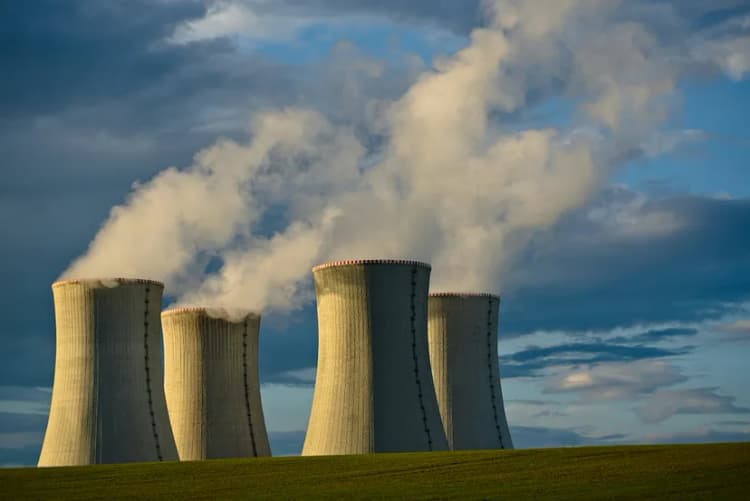
There is still reason to fear nuclear energy, considering it will be in the hands of these large companies who, in truth, only seek profit. Though nuclear energy seems to be very beneficial, it may be a slippery slope as the industry grows over time and AI being used to spark new ideas. While nuclear energy seems to be a great option for both energy efficiency and our many climate goals, a citizen must always remain cautious when private industry has its hands on the wheel.
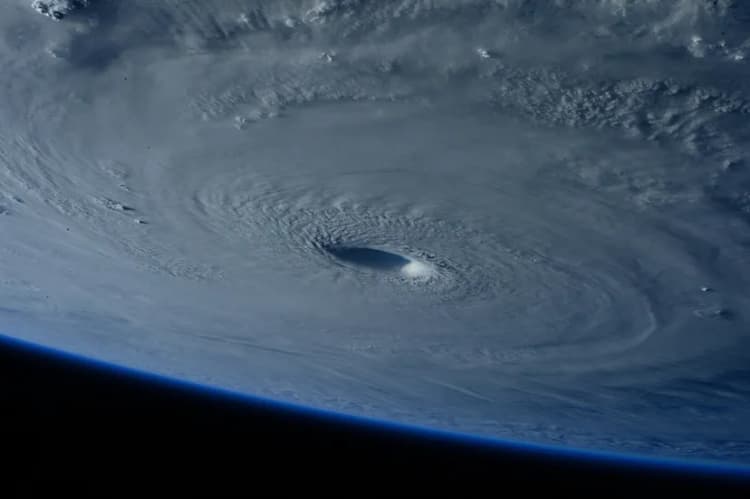
Over the past century, a clear trend of increasing frequency and intensity of hurricanes has appeared. As we observe the formation process of hurricanes and the role of climate change in making hurricane-favorable conditions, it is no surprise that hurricanes have become stronger and more frequent in current years. Overall, statistics of increasing wind speeds, ocean temperatures, and climate-change-related data are all connected to the conclusion that climate change has significantly increased the frequency and intensity of Hurricanes.

An AI-incorporated future is inevitable, regardless of people’s opinion on whether it will be beneficial or not. While AI has some potential environmental benefits, such as monitoring the environment and helping businesses make sustainable decisions, if changes are not made soon, then AI will be added to the extended list of man-made creations that are destroying our planet.
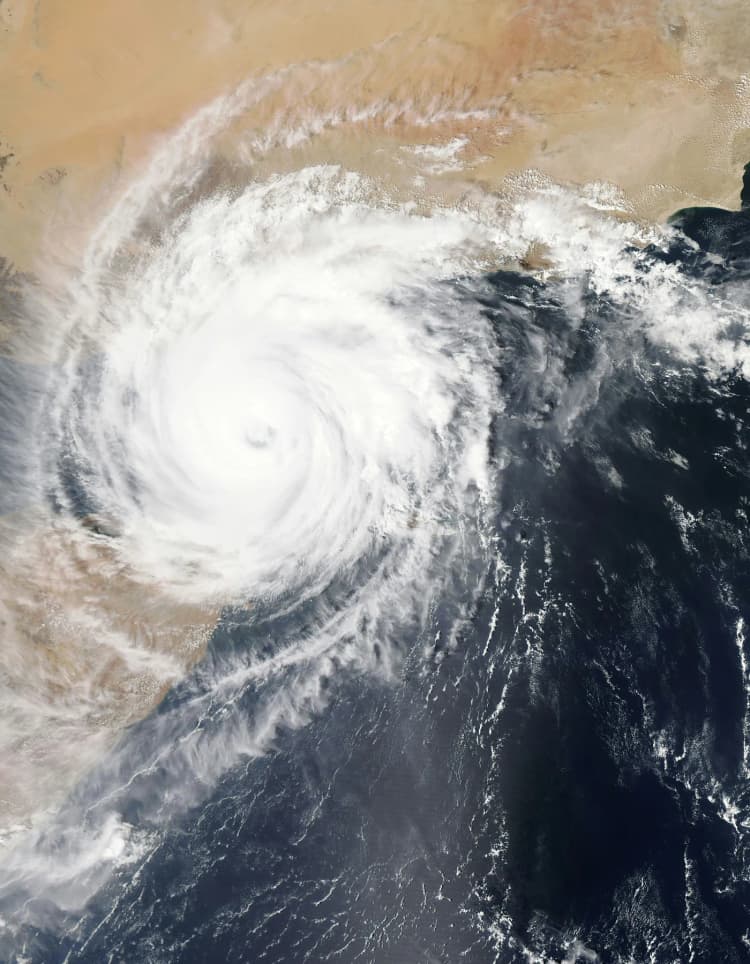
Hurricane Helene was among some of the strongest and most devastating of the 2024 Hurricanes as it rampaged across Florida, Georgia, South Carolina, North Carolina, Virginia, and Tennessee. From insider accounts, we learn of the frightening experience in preparing for Hurricane Helene as people either desperately tried to evacuate amidst expensive plane ticket prices and crowded roads, or awaited the daunting Hurricane as they bunkered down in their homes. The increased frequency and scale of these disastrous Hurricanes are in part due to climate change’s increased greenhouse gasses trapping more heat in the atmosphere resulting in warmer waters. To reduce our role in the increased frequency of Hurricanes, it is important for us to actively take steps in reducing our environmental impact such as lowering energy and transportation usage.
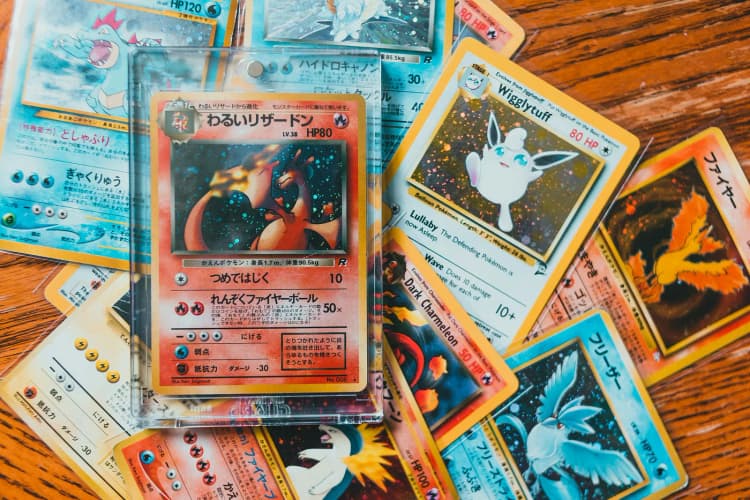
Although the Pokemon universe is a fictional world with fictional creatures, many of the Pokemon’s stories mirror the things that happen to real animals, spreading awareness about environmental issues to the young people who play these games. Lapras was meant to represent the animals who have become endangered due to overhunting and illegal poaching. The Hisuian variant of Zorua is meant to represent the now-extinct animals that passed away as a result of humans driving them from their natural habitats.

October is a month full of fun fall festivities, cooler weather, and Halloween! However, Halloween also comes with detrimental impacts on our environment. Old Halloween costumes hang lifelessly in children’s closet, Halloween candy wrappers cover the streets, and decorations end up in landfills after Halloween, emitting harmful methane gases.

Halloween’s traditions bring joy and community, but they also create a major environmental footprint that we can no longer dismiss. Fortunately, by making mindful choices — such as opting for thrifted or DIY costumes, reusable decorations, and sustainably sourced candy — we can celebrate Halloween without compromising the planet’s health.

In choosing to listen to your favorite tracks, as an environmentally conscious consumer, there are many environmental factors to consider. Read here to learn about how as the “vinyl revival” continues, it is important to be aware of the environmental drawbacks the industry has brought to the environment.
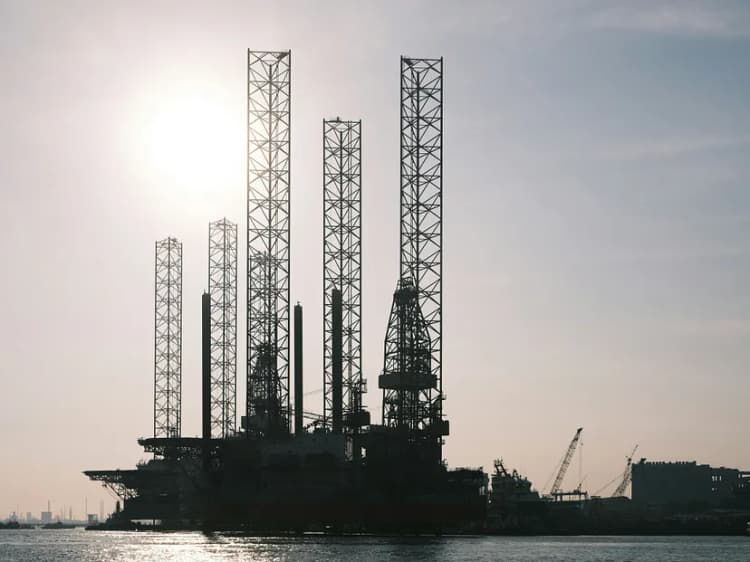
California is setting an impactful precedent by holding one of the world’s largest oil companies accountable for its role in creating plastic waste that is contributing to the ever-worsening climate crisis. Learn about the upcoming lawsuit against ExxonMobil for their misleading recycling campaigns and controversial advanced recycling.
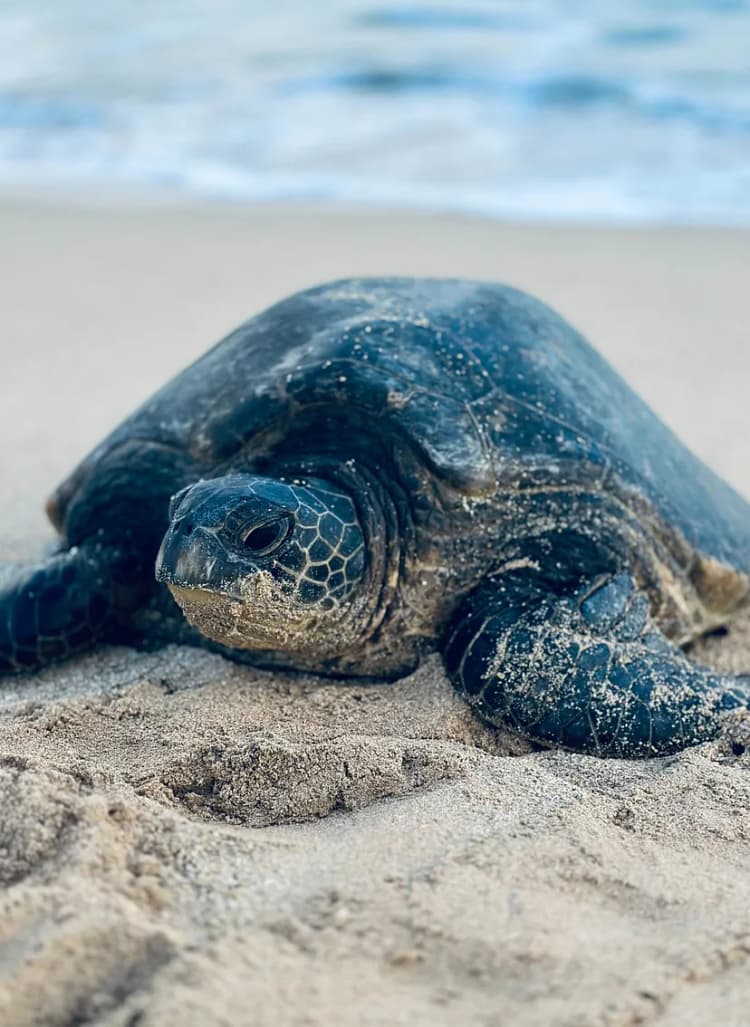
Sea turtles, which are native to Hawaii, have been around for more than 40 million years! Unfortunately, due to the carelessness of humans, many of their habitats have been destroyed. Learn about what has been done to protect sea turtles, their role in the environment and what steps you can take to help!

American football season is an exciting time of year, but the stadiums are by no means environmentally friendly. Learn what steps have been taken and what you can do to make the games more environment safe!

From the outside, though the concept of having make-believe critters fight to the “faint” may not be ethically or environmentally acceptable, the plots of the stories can provide insight on real world issues. Read more to find out how the different generations of Pokémon teach us about various world events and environmental problems.

With school starting for many elementary through university-aged students, the problem of supplies and food waste is a major topic to discuss. Learn about the effects of school supplies waste as well as food waste and what you can do to combat pollution!
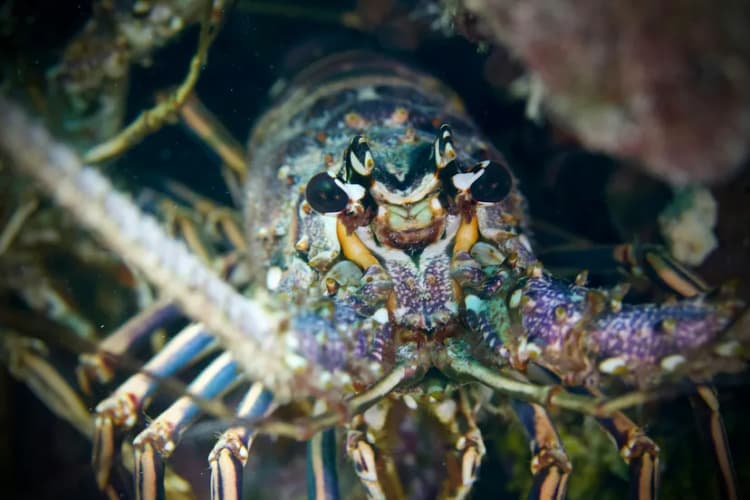
The Gulf of Maine is experiencing record-high temperatures which is threatening marsh habitats and wildlife. Although, in a time of crisis, cities of Maine have come together to work towards solutions to ensure the safety of coastal communities and the fishing industry in the future.
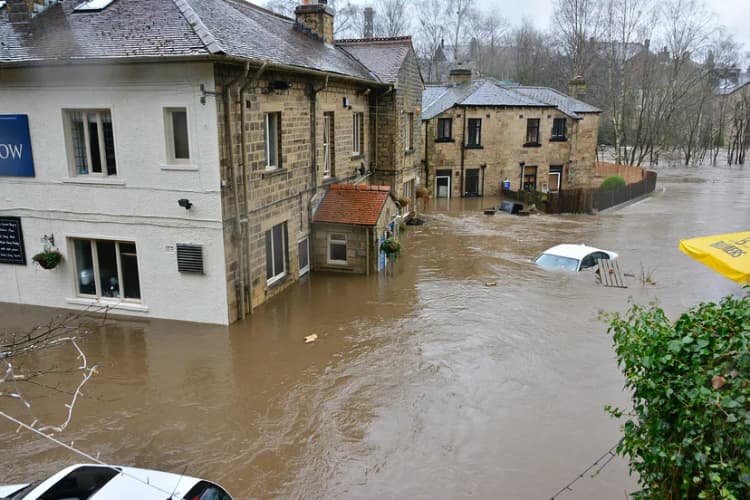
Floods, worsened by climate change, are growing more severe and frequent, causing devastation all across the globe. From historic floods in China, to the ongoing devastation in 2024, the toll on human lives, infrastructure, and economies is profound. However, collaborative global efforts to reduce emissions and build resilient communities can help ensure a safer future for all!
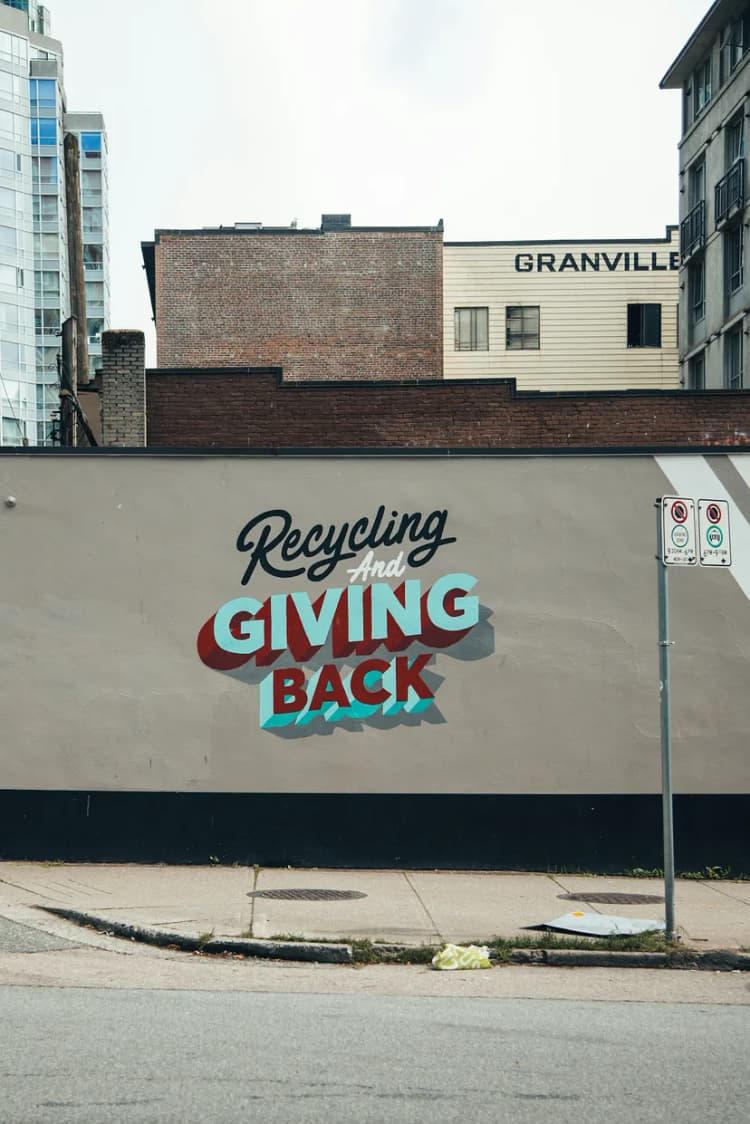
Recycling can be considered one of the only methods to reduce waste from ending up in a landfill, ocean, or incinerator. Although, there are some flaws in recycling, learn about why recycling is important for preserving our Earth!

Movies have been around since the 1890s and are great sources of entertainment for all ages. They are also an amazing way to spread awareness of issues happening around the world as well, as they garner a large audience. However, the movie industry needs to limit its environmental impact.
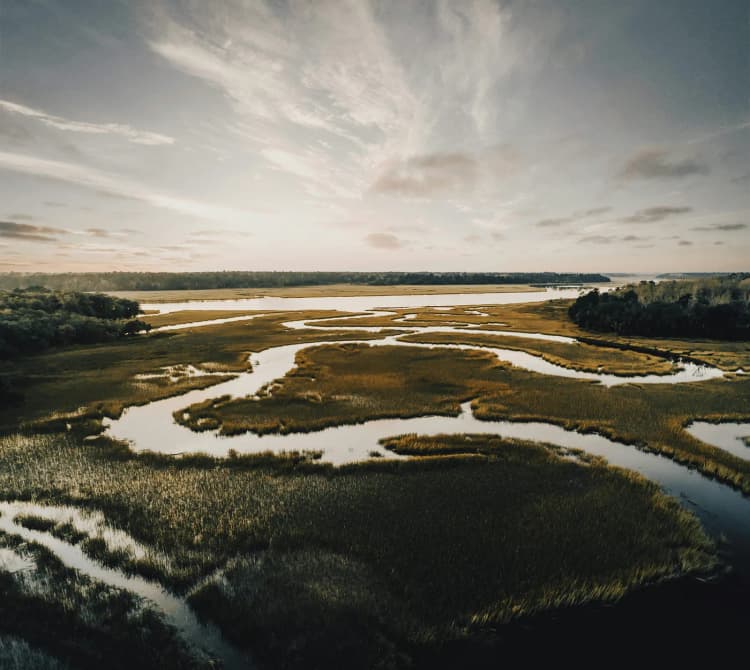
Although humans may have caused the loss of over a thousand square miles of land in Louisiana’s coast, they also have the innovation and resources to restore it. After gaining billions of dollars from filing a complaint in the aftermath of the Deepwater Horizon oil spill along the Gulf of Mexico in 2010, the CPRA is now funding a Coastal Master Plan that involves numerous projects aimed at restoring Louisiana’s Coast. One of these projects, the Mid-Barataria Sediment Diversion, will divert sediment-rich water from the Mississippi River back into basins in Louisiana that have been blocked off by man-made levees. This will allow sediment to build up and will slowly restore coastal habitats in the area.

Hawaii is an extremely popular travel destination, but the locals have a complicated relationship with tourism. For one thing, the Hawaiian economy is heavily dependent on tourism, and a decrease in tourism can hurt many businesses. However, tourism is also a problem, as it inflates housing prices and causes culturally significant sites to be turned into tourist spots. Tourism also causes environmental problems, as it hurts the land and the wildlife, including Hawaiian monk seals, Hawaiian yellow-faced bees, Hawaiian green sea turtles, and coral reefs.

Overall, while the back-to-school season is a stressful time for most, it’s also stressful for the environment. Consumers tend to purchase more school supplies than are necessary and end up discarding items that they never needed in the first place. This trend has contributed to excessive landfill waste over the past decade and will only continue to worsen the condition of our environment if nothing is done to mitigate the issue.
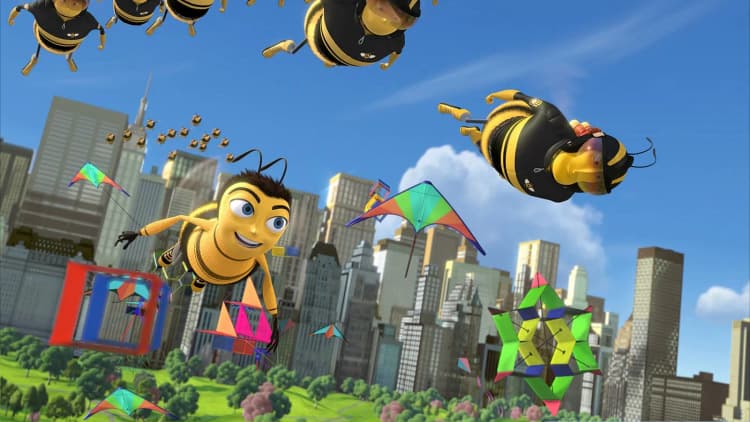
The Bee Movie contributed to the popularity of the “Save the Bees” movement, but was somewhat inaccurate in its portrayal of the real environmental issue. The release of this movie has led to common misconceptions about the nature of beekeeping and the types of bees that exist. In reality, beekeeping is beneficial to honeybees, if done correctly and responsibly.

Menstrual product conversations are too often ignored, to the point that regulations have not changed in decades. However, recent studies reveal significant safety concerns with menstrual products: tampons can contain toxic metals like lead and arsenic, while pads may have harmful chemicals such as PFAS. It is time to advocate for transparency and regulation in the industry in order to keep ourselves safe.
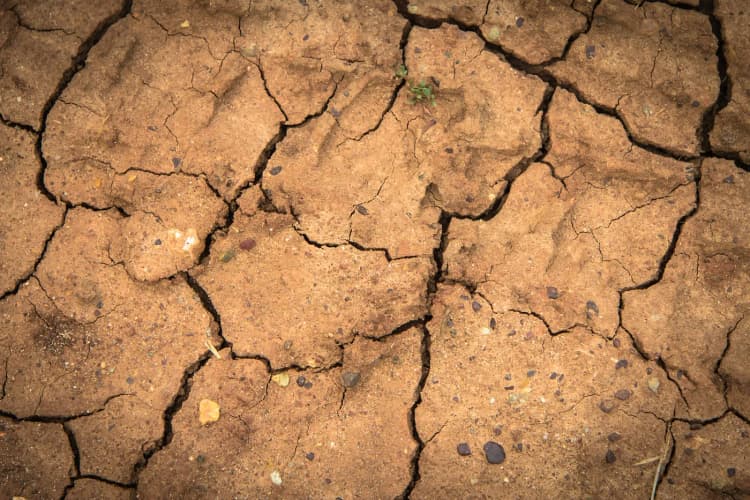
The intensifying effects of climate change are increasing the frequency and severity of natural disasters, including droughts, hurricanes, and wildfires. Among these, droughts are often overlooked. Currently, Malawi faces a severe crisis, with about nine million people affected by El Niño-induced droughts and floods. This has led to significant crop failures, particularly in maize production, resulting in widespread hunger and food insecurity.

NYC is extremely crowded throughout the year, especially during the holiday season. Holiday celebrations such as the New Year’s celebrations cause a lot of trash and pollution. Trash bags can often be seen littering the sides of NYC streets. Air pollution in NYC is also a big issue, giving it bad air quality that especially affects marginalized communities. Some solutions are switching to all-electric buildings, walking instead of driving in the city, and being mindful of your trash.

Dr. Seuss often tries to teach valuable lessons to children with impressionable minds with his books. Although these books employ humorous images at times, many of his lessons apply to real life as well. The Grinch is admittedly not the best person for taking joy in others’ sadness, and for attempting to destroy Christmas spirit.
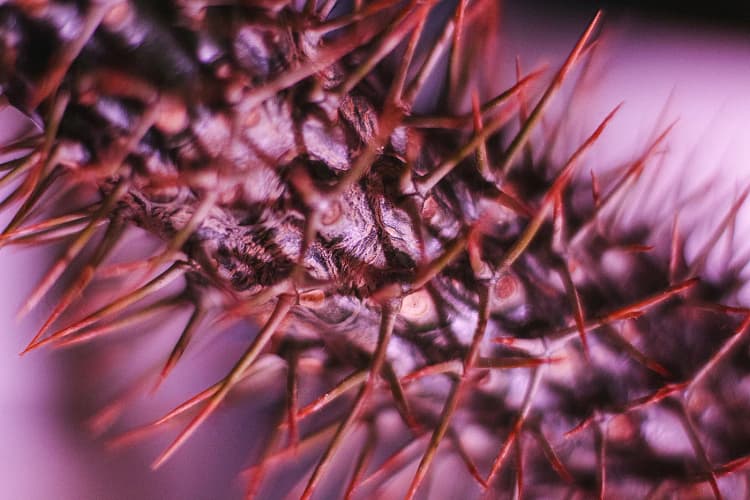
All ecosystems are incredibly sensitive to changes in population because all organisms rely on each other for food or shelter. The rapid growth of the sea urchin population along the coast of California has harmed kelp forests beyond repair and destroyed aquatic ecosystems.

While the holidays are a fun and happy time of year for families around the world, it is extremely important to be aware of the impacts of your actions on the environment and always be doing what you can to take care of it. From recyclable wrapping paper to eco-friendly gifts, the holidays can still be enjoyable while doing your part to keep our Earth clean.

In the frenzy of holiday festivities, it’s easy to overlook the impacts our decisions have on the environment. From Christmas trees to gift-giving to decorative lights, our holiday traditions leave their mark on Earth. But, there’s still hope for us if we make small changes in our normal holiday routine. Embracing eco-friendly alternatives for trees and decorations, opting for sustainable gifts, minimizing food waste, and choosing energy-efficient lighting are among many choices we can make to help our environment thrive in the long run.
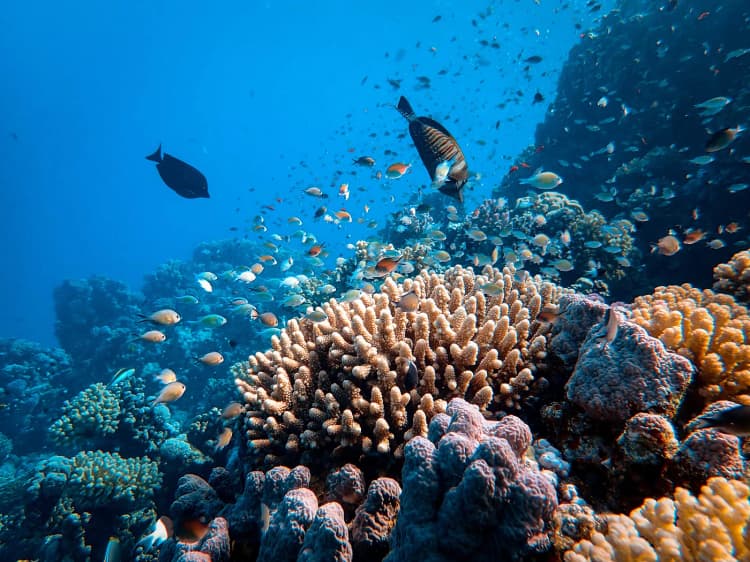
Recently, coral reefs have been declining due to human impact. Climate change has changed the temperatures of the oceans, causing stress upon coral reefs that makes the corals turn pale, weaken, and die. Harmful fishing practices, including deep water trawling, explosive fishing, and cyanide fishing also hurt the corals.
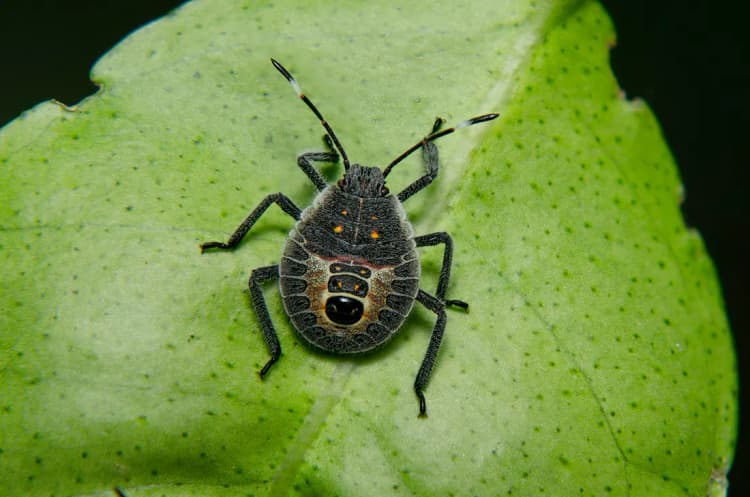
Stink bugs, originating in East Asia, are a widely-known invasive species in the United States. They can easily be identified by their oval-shaped bodies and ability to fly. Stink bugs pose various environmental concerns such as food waste, plant damage, and nutrient depletion in soil. Several solutions to stink bug infestations include pesticides, stink bug traps, biological control, sealing entryways, and hiring an exterminator.

The Tasmanian tiger, an important keystone species, went extinct in 1936, leading to the decline of the Tasmanian ecosystem. However, as new technological advancements are made in the field of genetics, the Tasmanian tiger, once deemed lost forever, may find its way back to the shores of Tasmania.

Food waste is a huge issue each Thanksgiving with a whopping 305 million pounds of food wasted, enough to feed over 150,000 people for an entire year. Millions of travelers on Thanksgiving travel far and wide to spend time with their families for the occasion, raising their carbon footprint and contributing to climate change. The well-known Macy’s Day Parade is slowly draining our limited helium reserves as huge floats are inflated each year.
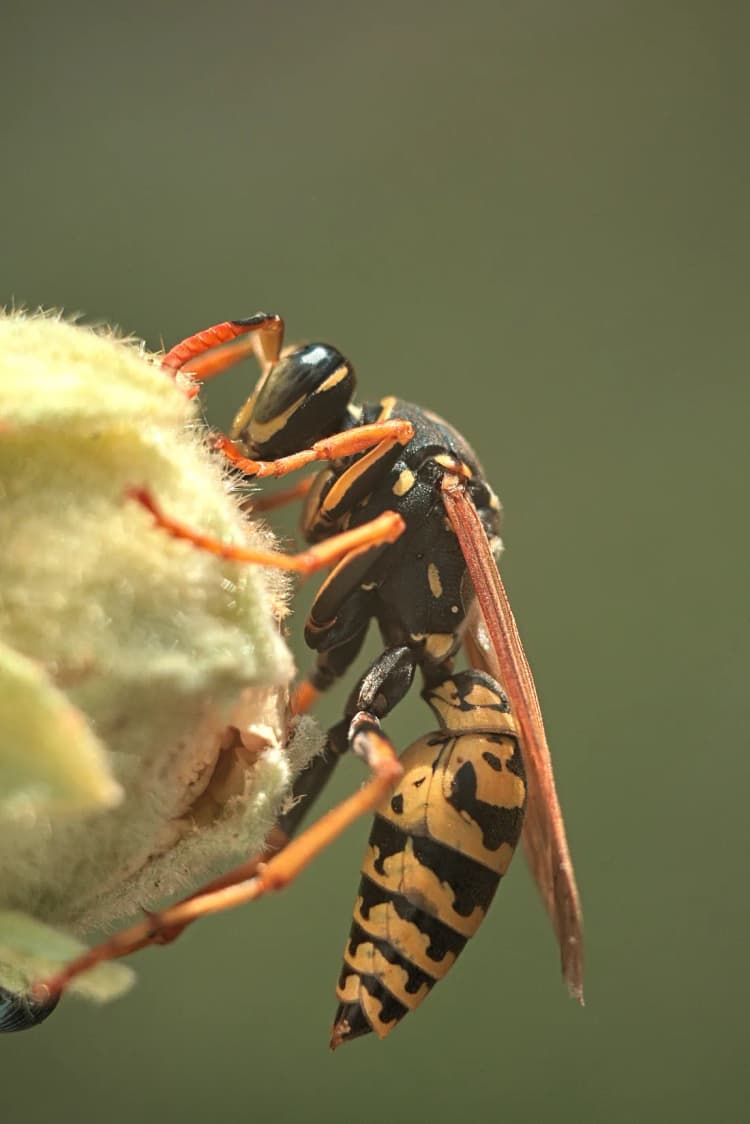
German yellowjackets are an invasive species that entered the United States in the 1970s from either Europe, Northern Africa, or Asia. These aggressive wasps are known to cause a variety of health issues with their stings, such as toxic reactions, allergic reactions, secondary bacterial infections, and typical reactions.
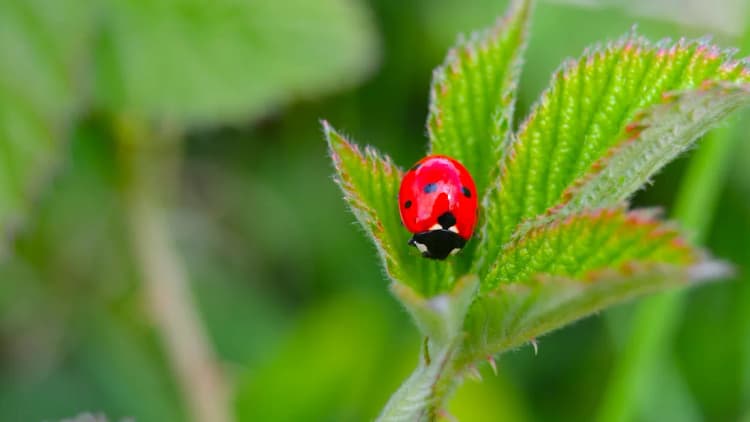
Asian lady beetles were brought here to act as pest control because people thought they did the job more efficiently than ladybugs. Unfortunately, these angry little beetles took America by swarm, killing off our beloved ladybugs and infesting our homes with their yellow goo and a foul stench
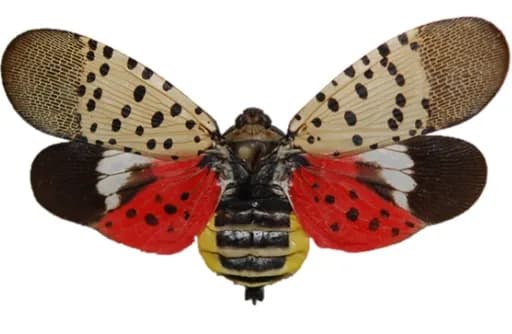
The spread of the spotted lanternfly to new countries, with its alarming ecological and economic impacts, is a challenge that requires immediate collective action. Understanding what lanternflies are, their life cycle, and their impact on the environment is the first step toward regulating the growth of this invasive species.

Vietnam is often exploited by fast fashion companies for cheap labor. Although garment workers in Vietnam typically do make minimum wage, they often don’t make a livable wage, leading them to work many hours overtime.
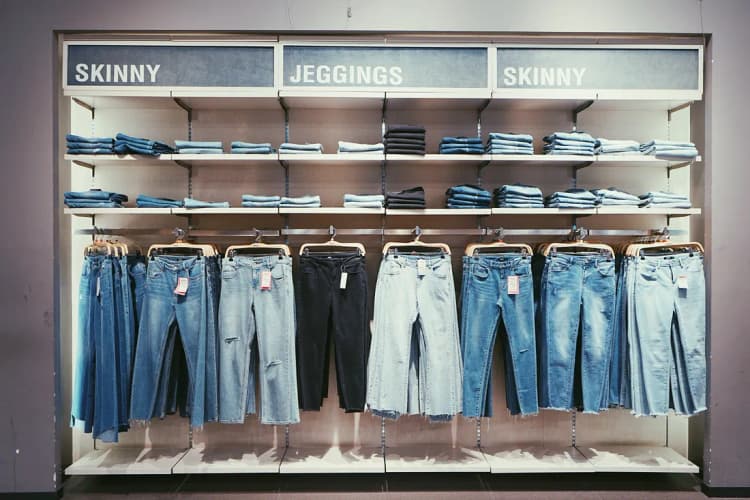
Bangladesh is the second biggest clothing producer in the world. Many clothing companies outsource production to Bangladesh due to its high quantity of skilled laborers that are willing to work for low wages. This leads to unethical labor practices such as underpaying workers, unsafe factory environments, and the use of child labor.

When you look beyond the low prices and trendy clothes, fast fashion is extremely detrimental to our environment and encourages unjust labor practices. Chinese laborers are subject to unsanitary, dangerous working conditions in sweatshops and are paid well below minimum wage.

Fast fashion, with its allure of affordability and trendiness, has undoubtedly transformed the fashion industry. However, it’s important to acknowledge and learn about the the significant issues associated with it — environmental degradation, labor exploitation, and cultural insensitivity.
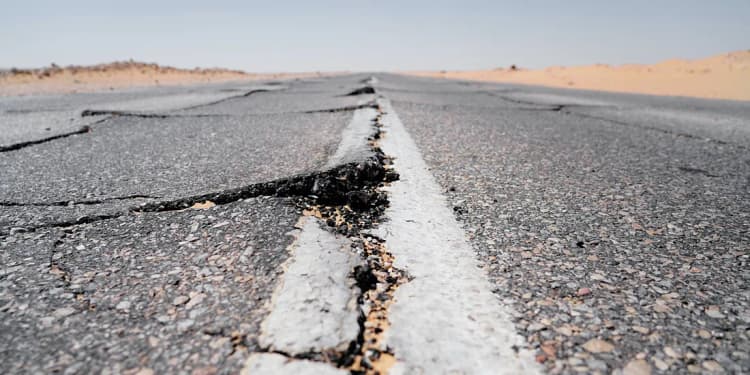
Earthquakes are extremely dangerous natural disasters that occur due to the shifting of tectonic plates against one another. They are ranked in severity from 0–10 on the Richter scale. Strong earthquakes have the potential to kill tens of thousands of people and decimate entire cities. If you ever find yourself stuck in an earthquake, always remember to drop, cover, and hold on.
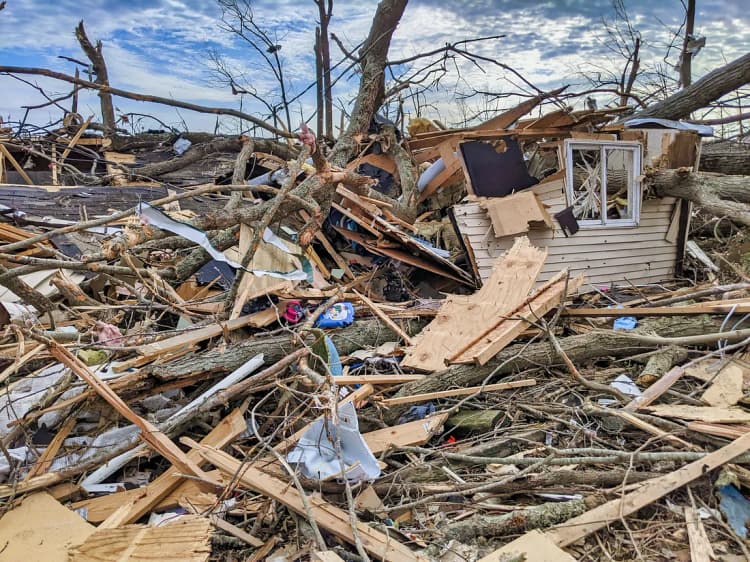
Tornadoes are violent spinning columns of air commonly formed by thunderstorms. They are typically found in the Central Plains region of the United States, as well as other areas of the world where moist air clashes with cold air.
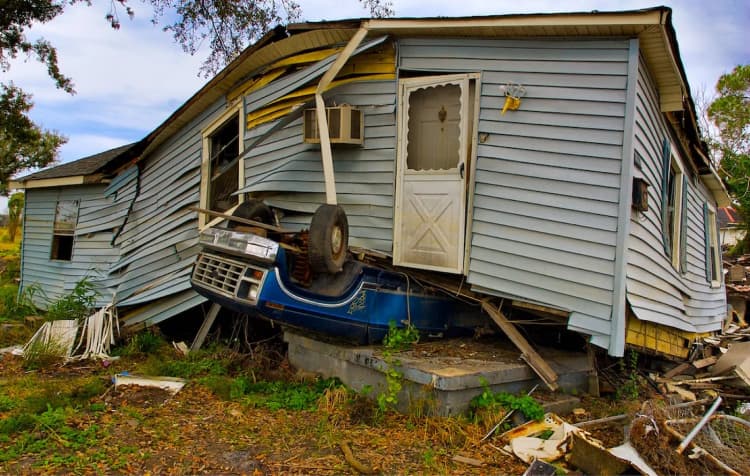
Hurricanes are disastrous severe weather events that occur between June and November each year. They normally form when ocean temperatures rise, creating a swirling vortex of clouds and water. Climate change is only making hurricanes occur more frequently and with greater intensity.
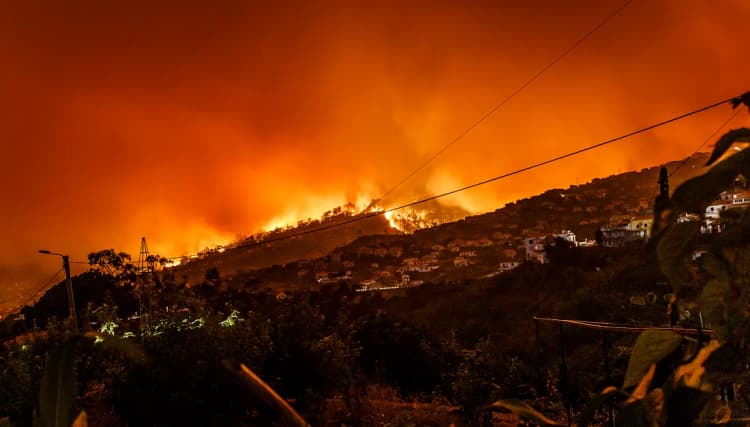
Wildfires can be caused by a variety of things such as leaving campfires unattended, discarding lit cigarettes, throwing out matches, and leaving the stove on. Certain natural events can also cause wildfires, including lightning strikes.

Despite declarations to clean the Seine dating back to 1990, none have been successful until the recent $1.5 billion cleanup in preparation for the Summer 2024 Olympics. E. coli levels have fluctuated significantly over the past few months, calling into question the suitability of the Seine River in being used for the upcoming Olympic games.

Private jets may be the ultimate dream ride for the wealthy, but we can’t ignore their contributions to climate change. It is time for private jet owners to take a more eco-friendly approach to their flight habits by embracing sustainable aviation technology, participating in carbon offsetting, and promoting greener regulations.
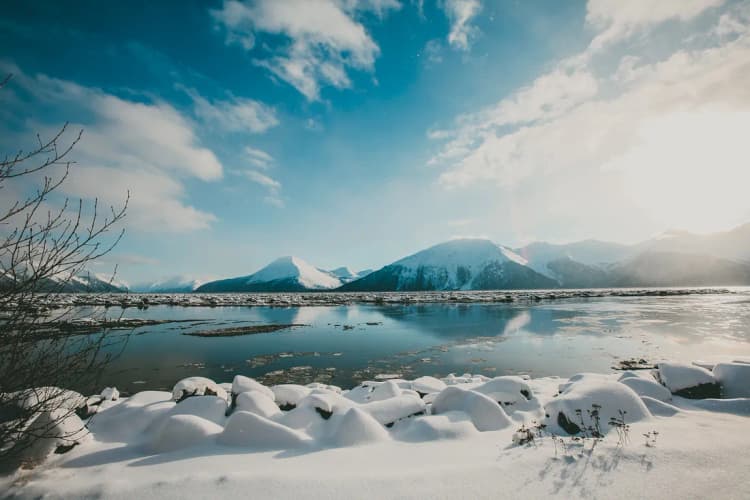
The Willow Oil Project is central to many environmental debates due to its negative environmental impact and economic opportunities. It threatens to worsen climate change and disrupt fragile ecosystems, endangering species like polar bears.
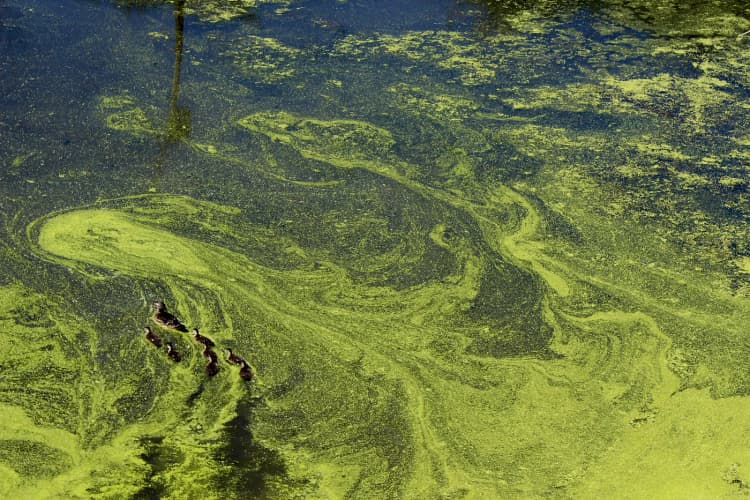
Algae overgrowth is harmful to plants, animals, and humans, as it causes sickness through the toxins it releases, causing death and higher water purification costs; covers plants below preventing sunlight from reaching them; and depletes waters of oxygen, leading to the deaths of organisms surrounding these algae overgrowths.
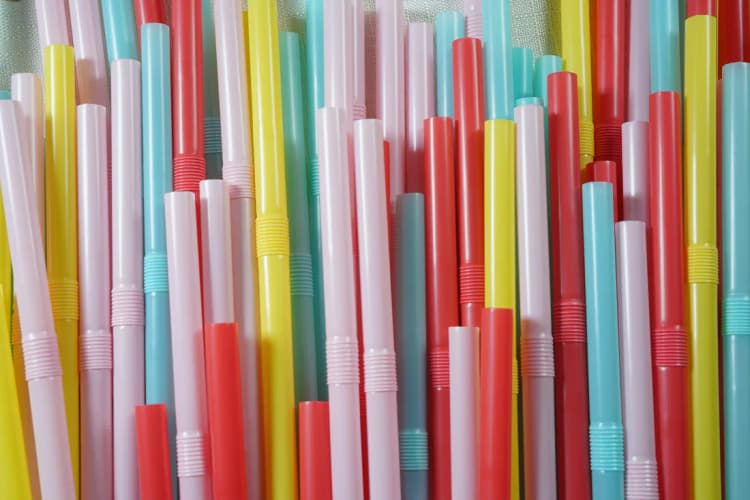
Plastic straws are not safe for the environment as they decompose extremely slowly and recycling machinery is not equipped to recycle the small plastic tubes. Even though many people think using paper straws is better for the environment, it isn’t a perfect fix as paper isn’t recycled when it is stained with food or drink.
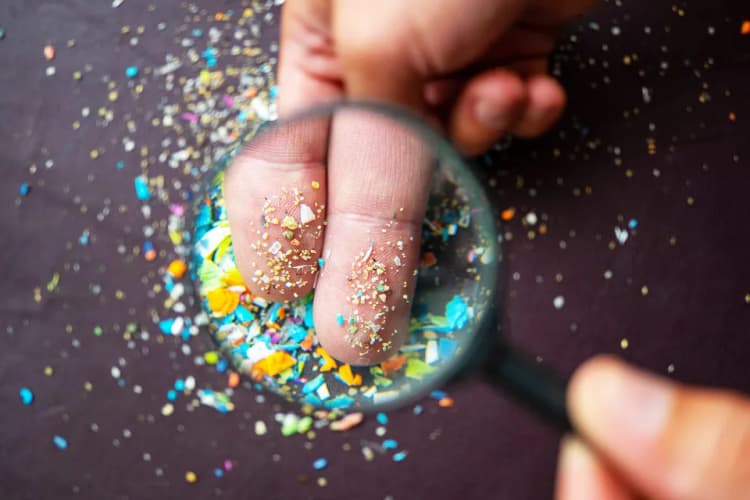
The pervasive presence of microplastics in our environment highlights the urgent need for action at individual, state, and federal levels. Microplastics released from synthetic textiles, plastic containers, vehicle tires, and personal care products, have infiltrated ecosystems around the world and threatened the health of humans and aquatic organisms.
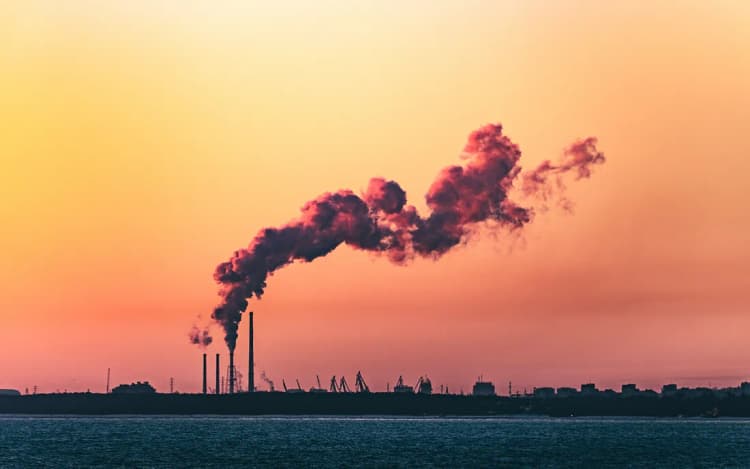
This blog will teach you how to break 3 bad habits that are contributing to the environmental decline we are currently witnessing. Energy loss and greenhouse gas emissions are issues that need to be taken seriously if we want to save our world.
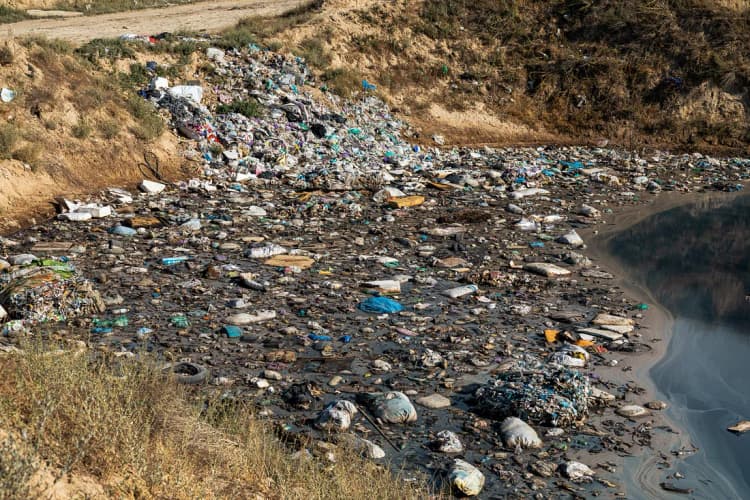
This blog will teach you 5 unique ways to help the environment. The trick is to start small and build from there.
Reusable water bottles have been around since the 1960s, but did not become a status symbol until the 2010s with the emergence of the Bobble water bottle. As people collect water bottles and ultimately discard them after the trend finishes, pollution from water bottles increases.
Teslas have become increasingly popular in recent years, due to their claims that they are environmentally friendly as an electric-powered vehicle. The fact that they use electricity instead of gas is certainly an advantage, as it gets rid of the problem of CO2 tailpipe emissions. However, the electricity comes from power plants which may have their own CO2 emissions.
Each year, hundreds of tons of food land in landfills, releasing greenhouse gases into the atmosphere as they degrade. These gases pose a severe threat to the health of our environment and have major implications when it comes to global warming. However, through composting, some of these pollutants released from landfills can be reduced.
The ozone layer, although thin, plays a pivotal role in absorbing harmful UV radiation from the Sun and protecting human life. Regardless of the simple fact that humans could not live on Earth without the ozone layer, we have slowly destroyed it over time by emitting CFCs into the atmosphere as industrial byproducts.
The invasive Burmese Pythons from southern China, Burma, Indochina, Thailand, and the Malay Archipelago are disrupting the ecosystem in the Florida Everglades by feeding on organisms in the wetlands.
There are so many amazing women fighting to make the world a better place for our predecessors. As an organization founded by a woman, and run by mostly women, it is only fitting that we pay homage to the women who paved the way for environmentalists like us, inspiring us and thousands of others to preach our message of protecting our home.
El Niño and La Niña are equally interesting oceanic weather phenomena that have significant effects on the environment. Although they have the potential to wreak havoc and destruction in the Southern Pacific region, there is beauty to how these events complement each other.
Prom dresses are purchased yearly by each generation of students. With each new year, new prom dress trends emerge and old prom dresses become outdated. This issue has impacted the ability of prom dresses to stay out of landfills, as young people avoid outdated dresses to avoid criticism.
April Fool’s Day and Easter, holidays that millions of people around the world celebrate each and every year, can have significant impacts on our environment. From plastic pollution, to deforestation, to food waste, the celebrations that bring us happiness and joy can destroy ecosystems and ruin the lives of other organisms.
How many trials do you think it takes to deem a product safe for human consumption? Products are tested on hundreds, sometimes thousands, of animals before being mass produced and sold to humans. Most of these tests inflict serious physical damage on the innocent creatures we share our Earth with.
Coachella claims to aim for sustainability and to leave a positive impact on the desert and the outside world, which it does so through its many programs dealing with waste, water, and energy. However, these programs are not enough simply because there are factors Coachella cannot control.
Earth Day is essentially 24 hours set aside to honor the environment and attempt to mitigate the impact humans have had on it. There are a variety of ways you can take action this Earth Day with friends and family to have a positive impact on our environment.
Paper standardized testing has detrimental impacts on the environment due to the pollution made by the copious amounts of paper wasted, the plastic that is excessively used to cover each test, and the amount of fossil fuel burned in transportation. Luckily, technology is at its height and it is no longer necessary to have standardized testing solely on paper.
Marine cloud brightening, a solar radiation modification method that injects salt aerosols into the air to thicken clouds and deflect the sun’s rays, is a potential solution to cooling our oceans and atmospheres. But, it is a complex process that may take decades to refine until it is a suitable and effective technique to combat climate change.
The spongy moth, scientifically known as Lymantria dispar, is an invasive species introduced to North America in 1869 that has caused significant environmental damage since the 1880s. These insects emerge periodically in large numbers, defoliating trees through excessive leaf consumption and causing histamine-induced rashes in humans.
Today, dogs are bred for perfection and for personal preference. Because humans are very selective about their dog’s physical appearance, they often turn to unnatural breeding techniques to obtain their desired dog’s physique. Mass breeding techniques often result in the emission of large quantities of methane into the atmosphere and increase risks of health defects in pups.
Summer is approaching quickly and sunscreen is an essential product for those who want to soak up the sun. Although some sunscreen products contain chemicals that are detrimental to coral reefs and the organisms that live within them, efforts have been made to reduce the large quantities of sunscreen dumped into our oceans annually.
Hunting used to be used just for purposes of obtaining food, but now, it has become a sport to some. In trail hunting, dogs are used to viciously kill wild animals, and the dead bodies are often thrown in stink pits. In trophy hunting, hunters kill wild animals just to display a certain body part for show. These are not only cruel to the animal that is hunted, but is also not a sustainable practice and can greatly damage ecosystems.
Crystal Cave’s troubling beginnings in the 17th century caused the degradation of natural formations like stalagmites and stalactites that took millions of years to form. After 150 years of tours, the staff in the Crystal Caves have developed a deeper understanding of how human interactions impact the formations in the cave.
The Idaho state government issued water curtailment orders in early June because multiple districts exceeded the amount of groundwater they were allowed to withdraw. This curtailment threatened the health of crops and had the potential to devastate the Idaho agriculture industry.
An abundance of plastic sheds off swimwear to release microplastics into the environment when swimwear is worn and washed. Microplastics can have devastating impacts on aquatic ecosystems and severely impair human health.
Acid rain is a threat to our environment. It negatively impacts the health of both aquatic and terrestrial species, causing trophic cascades and long-lasting damage to ecosystems.

Acrylic nails are created from a combination of liquid monomer and powder polymer that is molded and shaped into your desired length onto your natural nails. They are strong, durable, and long-lasting. However, these fake nails are harming the environment, and are also very harmful to humans’ long-term health.

The billionaire Taylor Swift is being scrutinized for her excessive carbon emissions from her personal use of her jet. Her private jet is estimated to have released 8,300 tonnes of carbon emissions in 2022, which is about 1,800 times the average human’s annual emissions.